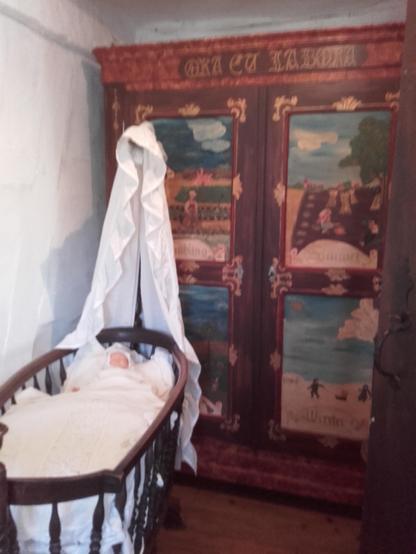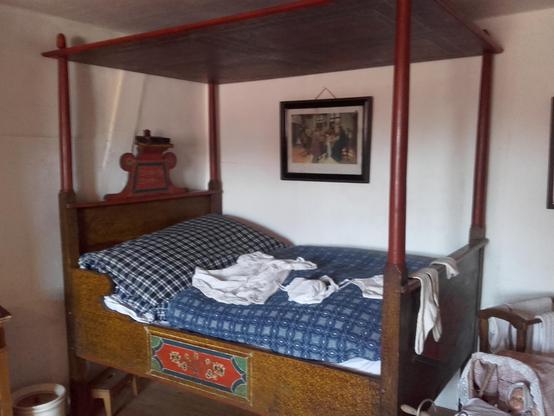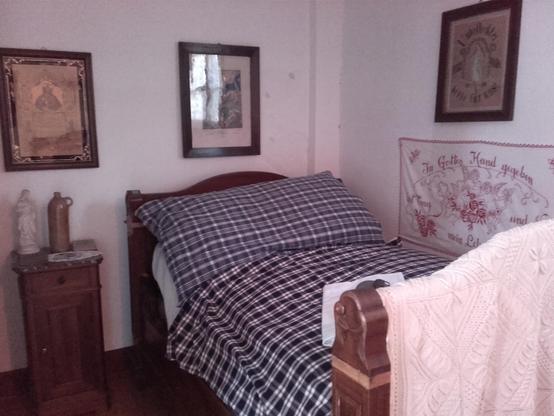🧵 More sights of this room and its history. It shows rests of the bailiwick of the Fleckenstein family. They lost their bailiwick to the future #Swedish king in 1650 (yes, we then were Swedish!). The farm was destroyed during the Thirty Years' War and migrants were sought to rebuild it to its present state. The family came from Bohemia.
#farmlife #museum #museumGuide #culturalHeritage #Alsace #France #architecture #histodon


